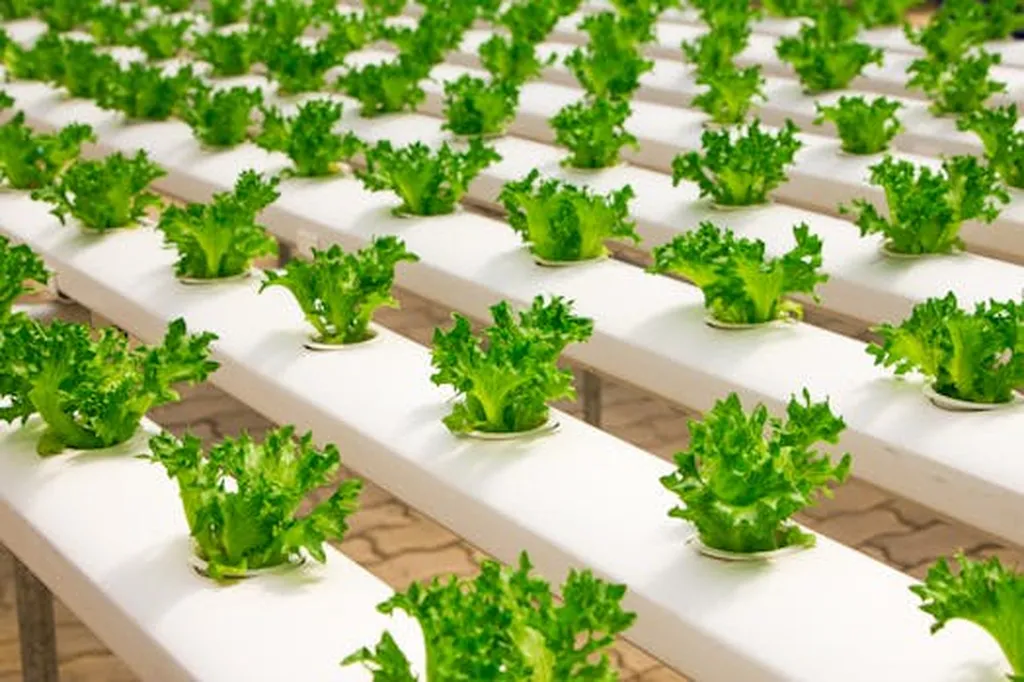In the ever-evolving landscape of modern agriculture, researchers are turning to data-driven approaches to optimize soilless cultivation, a method that’s gaining traction for its sustainability and efficiency. A recent study published in *Horticulturae* has taken a significant step forward in this arena, offering a new framework for tailoring substrate compositions to boost lettuce growth. The research, led by Ziran Ye from the Institute of Digital Agriculture at the Zhejiang Academy of Agricultural Sciences, could have profound implications for the agriculture sector, particularly in controlled environment agriculture (CEA) and vertical farming.
The study, which employed a randomized design, tested 200 different substrate formulations using peat, vermiculite, and perlite. The findings revealed that peat content reduced substrate porosity and water-holding capacity, while vermiculite had the opposite effect. “We found that the substrate composition profoundly affected plant biomass, with peat content emerging as a key predictor,” Ye explained. This insight led to two rounds of substrate optimization, resulting in substantial increases in shoot and root biomass, as well as chlorophyll content.
The commercial impacts of this research are noteworthy. By providing a reproducible pathway for improving soilless substrate formulations, the study contributes to data-informed substrate design, a critical aspect of precision agriculture. This could lead to more efficient resource use, reduced waste, and ultimately, higher yields for growers. Moreover, the integration of hyperspectral imaging (HSI) and RGB imaging for growth monitoring opens up new avenues for real-time, non-destructive assessment of plant health and substrate performance.
The use of machine learning, particularly the random forest method, to identify highly responsive predictors of substrate formulations is a testament to the growing role of technology in agriculture. As Ye noted, “Imaging traits hold great potential as proxies for substrate optimization, paving the way for more sophisticated and responsive cultivation practices.”
The study’s findings could shape future developments in the field by encouraging greater adoption of data-driven approaches and advanced imaging technologies. As the agriculture sector continues to grapple with challenges such as climate change, resource scarcity, and the need for sustainable practices, innovations like these offer a glimpse into a more efficient and productive future. By harnessing the power of data and technology, growers can make more informed decisions, optimize their cultivation practices, and ultimately, contribute to a more sustainable and food-secure world.
For those interested in the technical details, the study is available in the journal *Horticulturae*, with Ziran Ye from the Institute of Digital Agriculture at the Zhejiang Academy of Agricultural Sciences serving as the lead author. This research not only advances our understanding of soilless cultivation but also underscores the importance of interdisciplinary approaches in addressing the complex challenges of modern agriculture.

